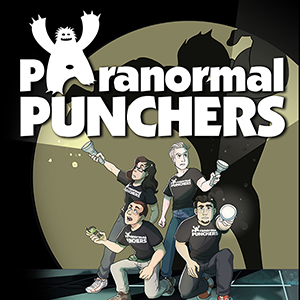Not sure of the exact beginnings, but stories of Norwegian Trolls can be found in the first written sources, the sagas, from the Middle Ages, but they were in oral traditions and people’s imaginations long before that time. The term “troll” actually comes from the Proto-Germanic word “Trullan” which translates to mean fiend, demon, or giant. So some were described as giants, terrorizing entire villages, and others were considered to be small, evil tricksters. In general, most trolls were considered to be cruel, violent, unattractive creatures, with huge noses, big teeth, and grotesque features and were thought to be quite stupid and easily tricked.
While, there is no single agreement as to what trolls may have looked like, most Norwegians agree that there are basically 2 types of trolls, the Trogre and the Troblins. The trolls of the mountains or forest, the Tragre, are generally depicted as large, dumb, and brute-ish and are said to use connections with nature to uproot trees to use as weapons, or to cause ecological disasters such as hurricanes and avalanches. The trolls of the caves, the Troblins, live completely underground & are generally depicted as smaller, with a large round stomach and short, stubby arms and legs. They tend to use their connections with nature to baffle or deceive humans.
On the second half, we reviewed the 2022 film Troll, directed by Roar Uthaug. It is about a troll that is released after being trapped for a 1000 years and destroys everything in its path while it approaches the capital of Norway.
Join us on episode 160 to hear more about the fabled Norwegian Trolls!
